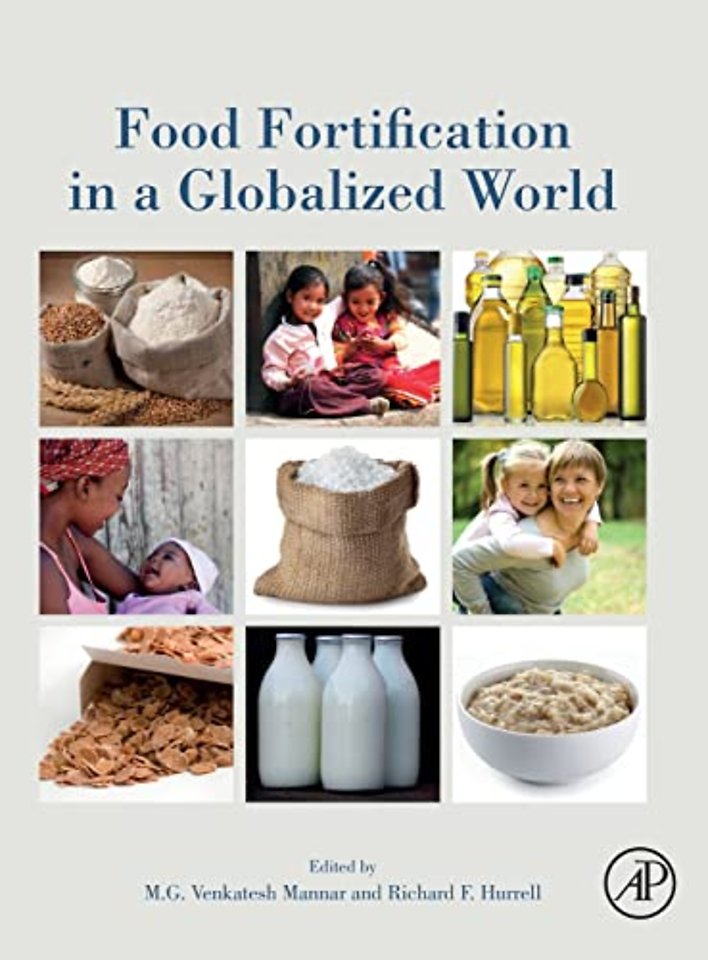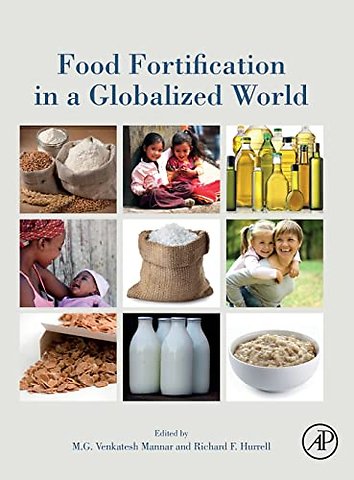Food Fortification in a Globalized World
Samenvatting
Food Fortification in a Globalized World outlines experiences over the past 50 years—and future potential—for the application of food fortification across a variety of foods in the industrialized and developing world. The book captures recent science and applications trends in fortification, including emerging areas such as biofortification, nutraceuticals and new nutrient intake recommendations, standards, policy and regulation. The book proposes a balanced and effective food fortification strategy for nations to adopt. In covering the most technical scientific details in an approachable style, this work is accessible to a range of practitioners in industry, government, NGOs, academia and research.
Food fortification has become an increasingly significant strategy to address gaps in micronutrient intakes in populations with measurable impact in both industrialized and developing countries. While the positive impacts are well recognized there are new concerns in some countries that excessive fortification of foods, outdated nutritional labeling rules and misleading marketing tactics used by food manufacturers may result in young children consuming harmful amounts of some vitamins and minerals.
Specificaties
Inhoudsopgave
Net verschenen
Rubrieken
- aanbestedingsrecht
- aansprakelijkheids- en verzekeringsrecht
- accountancy
- algemeen juridisch
- arbeidsrecht
- bank- en effectenrecht
- bestuursrecht
- bouwrecht
- burgerlijk recht en procesrecht
- europees-internationaal recht
- fiscaal recht
- gezondheidsrecht
- insolventierecht
- intellectuele eigendom en ict-recht
- management
- mens en maatschappij
- milieu- en omgevingsrecht
- notarieel recht
- ondernemingsrecht
- pensioenrecht
- personen- en familierecht
- sociale zekerheidsrecht
- staatsrecht
- strafrecht en criminologie
- vastgoed- en huurrecht
- vreemdelingenrecht

